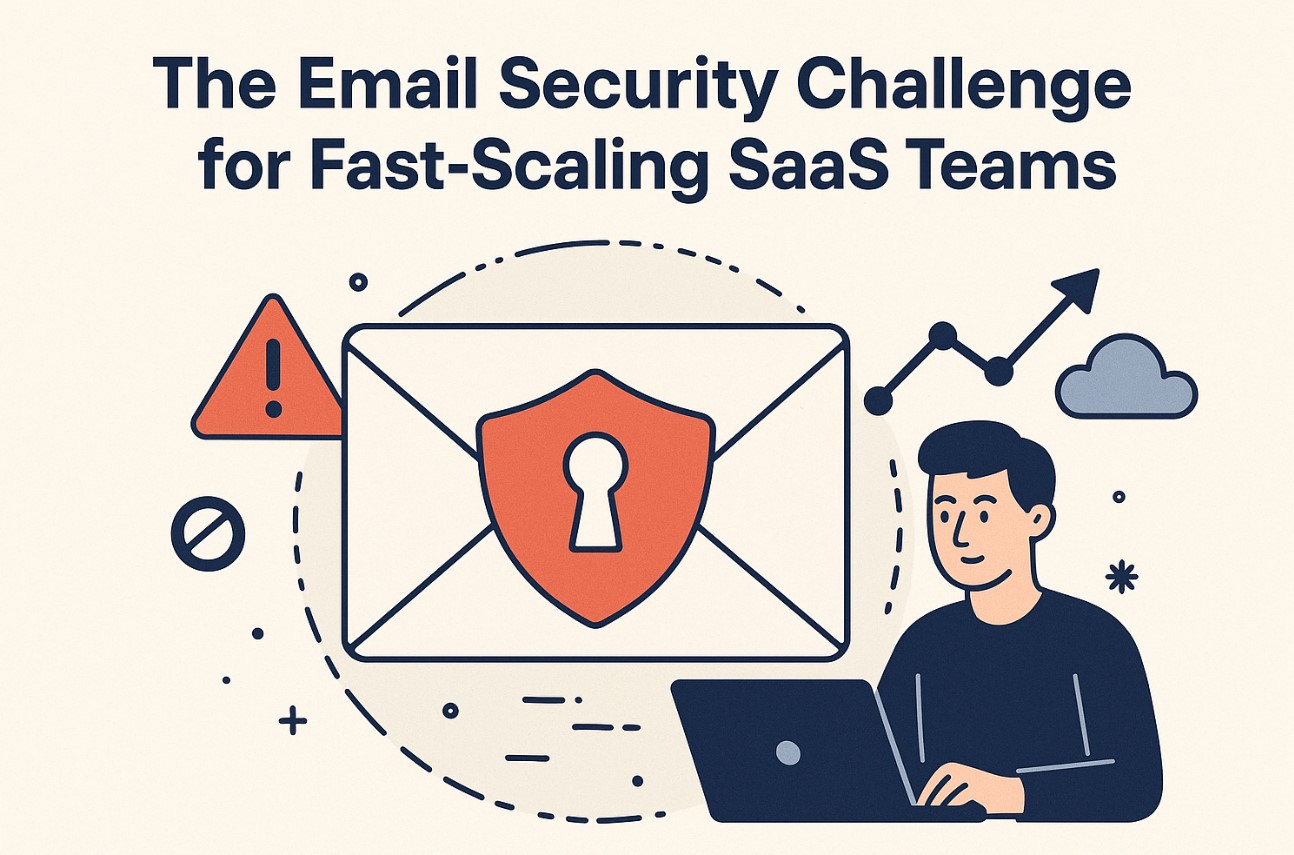
The Email Security Challenge for Fast‑Scaling SaaS Teams

Picture a fast-growing SaaS startup: new hires every week, data spread across multiple cloud services, and an engineering team collaborating through tools like Slack, Google Drive, and GitHub. Email remains the backbone connecting all these services – from sharing invites to resetting passwords – and attackers know it. Unfortunately, as your SaaS company scales up, so do the phishing attempts and email scams targeting it. And these aren’t the old-school spam messages with obvious typos; today’s threats are far more sophisticated, often weaponizing the very cloud tools your team relies on.
For SaaS security teams and CTOs, the pressure is on. How do you protect a rapidly expanding user base and an ever-growing inbox flow, especially when traditional email security tools are buckling under new, clever threats? Standard spam filters and gateways might have worked when threats were simpler and your company smaller, but scaling a SaaS business means facing cloud-specific phishing schemes, impersonation attacks, and socially engineered scams that slip past legacy defenses. In an era where attackers harness AI to craft believable phishing lures, defending the inbox requires a new approach.
The good news is that advances in AI – particularly semantic analysis and intent detection – are reinventing how we secure email. These tools can “read” emails almost like a human would, understanding context and intent to flag suspicious messages that old filters would ignore. In this blog, we’ll explore the evolving threat landscape for SaaS companies, the shortcomings of legacy solutions, and AI best practices for SaaS email security. From SaaS-specific email threats to AI-driven defenses like pre-attack detection and in-inbox advisors, we’ll dive into how security teams can stay one step ahead. By the end, you’ll have a clear roadmap for scaling your phishing defense alongside your business growth – without drowning your team in false alerts or complex integrations.
Executive Summary
- SaaS companies face unique email threats – from phishing schemes disguised as collaboration tool invites to clever impersonations of cloud services and compromised vendor accounts. Traditional email filters struggle to catch these evolving attacks.
- Scaling phishing defense requires AI – Legacy solutions can’t keep up with AI-generated phishing. SaaS security teams are leveraging AI semantic analysis and intent detection to understand the meaning behind emails and stop malicious messages that don’t match known patterns.
- AI email protection for SaaS offers pre-campaign detection, blocking phishing infrastructure before attacks launch. It also provides in-inbox guidance (e.g., warning banners and tips for suspicious emails) to train users in real time, all without adding friction to fast-growing teams.
- Seamless integration is key – Modern solutions deploy in minutes via API with no MX record changes, so even multi-cloud environments and new acquisitions are protected without complex setup. This lets SaaS platforms scale safely without slowing down business operations.
- Best practices include: using an AI engine to analyze intent (e.g. StrongestLayer’s TRACE), hunting threats proactively, empowering users with an Inbox Advisor for real-time phishing insights, and choosing adaptive tools that learn continuously while minimizing false positives.
The SaaS Email Threat Landscape: Phishing in the Cloud Era
SaaS companies inhabit a unique threat landscape. Because they are cloud-centric and collaboration-heavy, attackers tailor their tactics to exploit that environment. Let’s break down some of the common email threats targeting SaaS organizations:
Collaboration Platform Phishing Scams
Modern SaaS teams live in tools like Slack, Microsoft Teams, Google Workspace, Zoom, and Notion. Attackers leverage this by sending phishing emails that masquerade as collaboration invites or notifications. For example, you might receive an email that looks like a Slack message (“You’ve been mentioned in a channel”) or a fake Google Docs share request from a colleague. The email urges you to click a link to view the message or document.
One careless click, and users are tricked into entering credentials on a phony login page. Because these phishing emails imitate legitimate work tools, busy employees can easily be fooled. A fast-scaling team – where people constantly share links and invites – is especially susceptible. Collaboration-based phishing preys on our trust in familiar apps, making it a top threat for SaaS companies.
Impersonation of Cloud Services and Dev Tools
Another frequent scheme is impersonating the cloud services that your SaaS business runs on. Think of an email seemingly from Amazon Web Services or Azure support, claiming there’s an urgent issue with your cloud infrastructure. Or a spoofed GitHub notification warning of a repository breach that requires immediate password reset. These emails often look professional, complete with company logos and convincing language.
For a SaaS platform deeply integrated with such services, an email like that can spark panic – exactly what the attacker wants. The goal is to lure technical staff or administrators into clicking a malicious link or sharing credentials. Since SaaS companies use countless cloud tools (from CRM systems to CI/CD pipelines), attackers have a broad canvas for cloud tool impersonation scams. Each new service your team adopts could become a new phishing lure (“Your payment to [SaaS Tool] failed, update info here…”). Without advanced detection, these emails might appear benign because they come from domains or senders that look roughly correct at a glance.
Vendor or Partner Email Compromise
No SaaS business operates in isolation – you have vendors, contractors, customers, and partners communicating with you daily. This opens the door to vendor email compromise attacks, a variant of Business Email Compromise (BEC). Here, the attacker hijacks or spoofs the email account of someone your company works with. For instance, your finance team might get an email from a software vendor you pay monthly, stating “We’ve updated our bank account details, please send this month’s payment to the new account.” Because it truly appears to come from a known partner (sometimes from their actual hacked inbox), employees often don’t think twice before acting.
Similarly, a compromised customer account could email your support team requesting data or password resets. These attacks are highly targeted and can evade traditional filters since they originate from legitimate, previously trusted email addresses. For a fast-growing SaaS firm forging new partnerships, keeping track of who’s who is hard enough – and that’s exactly what attackers exploit.
Evolving BEC and Executive Impersonation
Business Email Compromise in SaaS companies can take on creative forms. Attackers may impersonate a company executive or founder, especially in organizations where roles are less formal. A well-crafted email from “CEO@YourSaaScompany.com” to a junior IT admin could request urgent access to customer data or ask to purchase gift cards (a common scam) – banking on the recipient’s eagerness to please leadership.
These CEO fraud emails are often timed when the real executive is traveling or busy, making it less likely to verify in person. As your SaaS startup grows, these social engineering ploys become more convincing (“the CEO’s name is known, the org chart is bigger, so a staffer might actually believe the request is legit”). Traditional security tools might not flag an email that has no malicious link or attachment but simply a persuading tone – yet to a human it clearly reads as suspicious. Detecting such intent-based threats is a major challenge without AI-driven analysis (more on that soon).
In summary, SaaS companies face a barrage of email threats that go beyond generic spam: they are tailored, context-rich schemes targeting the cloud-based workflows and trust relationships that SaaS teams depend on. Recognizing these threat types is the first step; the next is understanding why they often bypass legacy defenses and what to do about it.
Challenges in Securing a Rapidly Scaling, Multi-Cloud SaaS Environment
Protecting email is hard enough for a small company; it becomes even more complex when your SaaS business is scaling at breakneck speed. Here are some key challenges that security teams and CTOs in SaaS organizations grapple with as they grow:
- Onboarding Blitz & Human Error: Fast-growing SaaS companies hire frequently – new developers, salespeople, support reps, you name it. Each new hire is immediately a target for phishers. During onboarding, employees might not yet be fully versed in security policies or the subtle tells of a phishing email. Attackers love to strike in that early window of confusion. When you’re adding people by the dozen, how do you ensure everyone gets up to speed on email security immediately? Traditional training programs can’t always keep pace with hiring, and one click by an unaware newbie could spell disaster.
- Multi-Cloud Chaos: “Multi-cloud” for a SaaS company isn’t just a buzzword – it’s reality. You might use AWS for infrastructure, Google Workspace for email, Office 365 for a specific project’s collaboration, and a dozen other SaaS apps for various business functions. While this improves productivity, it also means your attack surface is widespread. Each platform has its own login systems and notification emails. A security solution that only protects a single email environment or requires complex network changes might falter when your environment isn’t one-size-fits-all. SaaS teams need email security that is cloud-native and platform-agnostic, seamlessly working across Microsoft 365, Google Workspace, and more. Otherwise, gaps appear – and attackers will find those gaps.
- Distributed Workforce & Remote Work: SaaS companies often embrace remote and globally distributed teams. When everyone worked in one office, a suspicious email could be quickly discussed face-to-face (“Hey, did you send this request?”). In a remote-first world, that quick gut check is harder. Employees are more likely to just respond electronically, which means a clever phishing email has a higher chance of success. Securing a distributed team requires tools that bring security into the user’s workflow wherever they are – for example, something that can nudge a remote user to pause if an email looks phishy, essentially acting as a virtual security coach by their side.
- Lean Security Teams & Alert Fatigue: Many SaaS startups and mid-size companies have small security teams (or sometimes just a single overworked security engineer wearing many hats). They don’t have the luxury of a large Security Operations Center (SOC) to triage alerts 24/7. Thus, whatever defenses are in place must be highly accurate and low-maintenance. If a new email security tool suddenly floods the team with hundreds of alert emails or false-positive warnings, it can do more harm than good. Unfortunately, legacy email gateways often generate noise – flagging benign emails that just look a bit off or quarantining newsletters by mistake. A fast-scaling company can’t afford to have critical communications bogged down by false alarms or to have its lone security person glued to an inbox of warnings. The challenge is finding a solution that can scale protection automatically without a lot of babysitting or tuning of rules.
- Compliance and Customer Trust: As SaaS firms grow, they often pursue certifications like SOC 2, ISO 27001, or need to meet GDPR obligations. Email is a common source of data breaches (think of a phishing email that leads to leaking customer data or wiring money out). A single successful phishing attack can jeopardize compliance status and erode client trust overnight. Thus, scaling up security isn’t just a technical need but a business imperative to maintain a reputation. Fast-growing SaaS companies are keenly aware that a breach via a simple email phishing could stunt their growth, scare off potential customers, or complicate audits. The challenge here is to bolster defenses fast enough to match the company’s growth trajectory and its expanding compliance needs.
As SaaS organizations expand – more people, more cloud apps, more data, more at stake – the difficulty of email security grows exponentially. You’re not only fighting external threat actors who are upping their game (often with AI tools of their own), but also internal constraints like limited personnel, diverse tech stacks, and the need for speed in everything you do. Clearly, relying on the same old email filters or training PowerPoints won’t cut it. This is where a modern approach, centered on AI and smart integration, becomes essential.
Why Legacy Email Security Falls Short in the SaaS World
Many SaaS companies start with the built-in email security of platforms like Google or Microsoft, perhaps supplemented by a traditional secure email gateway or spam filter. These defenses served us well in the past, catching known viruses, obvious spam, and previously seen phishing templates. But today’s attackers innovate as quickly as SaaS teams do, often leveraging artificial intelligence and new tricks to evade detection. Here’s why old-school email security struggles against modern threats:
- Static Rules vs. Dynamic Attacks: Legacy email security often relies on static rules and pattern matching – basically a checklist of “bad” keywords, sender addresses, or attachment hashes. This works for known threats (e.g. block emails containing “FREE Bitcoin!!!” or known malware files). But modern phishing doesn’t announce itself with obvious telltales. Attackers generate emails with unique wording, and they may even test their emails against common spam filters to ensure they bypass them. Especially with AI-driven tools, a phisher can create hundreds of message variations that slip past keyword-based rules. For a SaaS company constantly targeted with new lures, a defense that only recognizes yesterday’s threats isn’t enough.
- No Context Awareness: Traditional systems look at an email in isolation, not in context. They might scan for a bad link or suspicious attachment, but they don’t truly “understand” the content or the situation. Consider an email that says, “Hi, as per our conversation on Zoom, here’s the document you asked for” with a link. A gateway might check the link (if it’s not already known to be malicious, it might pass) and then deliver the email. The gateway doesn’t know that the recipient never had a Zoom conversation with that sender, or that the tone of the message is attempting to rush the action. Humans notice those discrepancies – “This doesn’t sound right” – but legacy tools don’t. Lack of semantic understanding means legacy filters miss many targeted scams that appear contextually plausible but are in fact out-of-the-ordinary for the recipient.
- Delayed Reaction to New Threats: Traditional email security often depends on threat intelligence feeds – essentially, learning about bad stuff after it’s been discovered elsewhere. They might eventually catch on to a new phishing site’s URL or a malware attachment after a few victims have been hit and reported it. In a fast-paced attack, that’s too late. By the time a legacy system adds a new phishing URL to the block list, attackers have already pivoted to a fresh site. SaaS companies need protection in real time, anticipating threats proactively rather than playing catch-up. Unfortunately, legacy solutions are generally reactive; they wait for an attack to be known and catalogued before they can defend against it.
- One-Size-Fits-All Filtering: Older gateways apply uniform rules to everyone, often ignoring individual user behavior patterns. In a SaaS environment, roles differ – a developer might regularly get emails about code repositories, whereas a finance person gets invoices. A generic filter might let a cleverly crafted fake invoice through to finance simply because it doesn’t violate any global rule. What’s needed is the ability to detect anomalies relative to each user or role (for instance, “this user has never received a PDF invoice from this partner before, and now one arrives with odd requests”). Legacy systems typically aren’t that granular or adaptive.
- Cumbersome Deployment and Management: As an aside, many traditional email security products are appliances or gateways that require rerouting email traffic (MX record changes) or installing software per device. In a multi-cloud SaaS scenario, this can be a deployment nightmare. Some companies delay upgrading their email security simply because the rollout of a legacy solution is too complex or would disrupt operations. This leaves them stuck on outmoded protection. If your defense isn’t easy to deploy and maintain in a cloud-first environment, it effectively leaves gaps during scaling. We’ll touch more on integration ease later as a crucial factor.
Legacy email defenses are like a mismatch for today’s fast, crafty phishing attacks. They operate on rigid definitions of bad vs good, whereas attackers operate in shades of gray, exploiting human trust and context. SaaS companies, with their rapid change and heavy reliance on cloud communication, expose these weaknesses quickly. The stage is set for a different approach – one that thinks and adapts more like a human (or better, like an army of humans working at machine speed). Enter AI-driven email security.
AI to the Rescue: How Semantic Analysis and Intent Detection Change the Game
Rather than throwing up our hands, the cybersecurity community has responded with advanced AI techniques to meet the phishing challenge head-on. The idea is to use artificial intelligence to understand emails the way a skilled security analyst would, but at scale and speed beyond human capacity. For SaaS security teams, this approach is a game-changer. Let’s break down what semantic analysis and intent-based detection mean in practice, and why they’re so effective for email security:
- Understanding the “Story” of an Email: Semantic analysis in email security refers to analyzing the actual language and meaning of an email, not just scanning for bad links. AI models – especially Large Language Models (LLMs) – excel at language understanding. They can parse an email’s text and effectively ask, “What is this email trying to do? What action is it asking for, and is that typical or suspicious?” For example, if an email to a developer says, “Here’s the Jenkins server backup you requested, download it now,” an AI can assess that context (did the developer request a backup? Is this email trying to get them to run a file?). Even if the wording is novel, the AI can flag the intent – perhaps it detects an attempt to deliver malware or steal credentials under the guise of a routine task. This level of comprehension is akin to having a human read every email and judge its safety, but automated. It’s a sharp departure from keyword matching; it’s about grasping context, tone, and purpose.
- Detecting Psychological Cues and Urgency: Attackers often use emotional manipulation: urgent language (“immediate action required!”), fear (“your account will be closed!”), or curiosity (“see the attached payroll details”). Advanced AI email security employs models trained to recognize these psychological tactics. Think of it as an “emotional intelligence” for emails. If a message to an employee suddenly invokes unusual urgency or fear to prompt a click, the AI will take note. In a SaaS company, an example might be a fake email from “AWS Billing” saying “Your service will be suspended in 24 hours due to non-payment”. The urgent tone combined with an unusual request (if your billing is normally automated, for instance) is a red flag that semantic AI can catch. Traditional filters wouldn’t bat an eye at an email just because it conveys urgency, but AI can interpret that as part of a broader suspicious pattern.
- Adapting to New Phishing Tactics: One of the biggest advantages of AI (especially machine learning models) in email security is the ability to learn and adapt. Modern AI email protection systems are trained on vast amounts of data – including known phishing emails, benign emails, and everything in between – allowing them to generalize and recognize patterns they haven’t seen before. In practice, this means when attackers come up with a brand-new phishing hook, the AI might still catch it because it recognizes the malicious intent or outcome, even without having a signature for that specific email. It’s similar to how a seasoned fraud investigator can smell a scam they’ve never seen, because it “feels” like others. This adaptive reasoning is crucial for SaaS companies, since threat actors often specifically tailor novel scams for each high-value target. With AI protection, you’re not waiting for a threat to hit someone else first – your system can potentially catch it the very first time it appears.
- Scale and Speed for SaaS Scale: AI-driven analysis happens fast – typically in milliseconds per email – and can scale to millions of messages. A growing SaaS enterprise might see huge volumes of emails daily (think customer sign-ups, support emails, third-party app notifications, etc.). AI email protection for SaaS is built to handle that load without slowing down mail delivery. This means that no matter how big your team gets or how many emails fly around, every message is still being thoroughly vetted. The beauty is that unlike a human team that would need to grow linearly with volume, an AI-based system can ramp up protection seamlessly. For CTOs, this offers peace of mind that phishing defense is effectively scaling along with the business, not becoming a bottleneck.
- Fewer False Positives through Context: Another game-changing aspect of semantic, intent-based security is precision. Because the AI understands context, it can better distinguish a real threat from a harmless anomaly. For example, let’s say an employee does something unusual like email a spreadsheet of test data to their personal Gmail (maybe to work from home later). A traditional DLP (data loss prevention) or security filter might flag that as a violation or “possible exfiltration”. An AI system could evaluate context – perhaps the spreadsheet has no sensitive data, or the user has a pattern of doing this with non-critical info – and decide it’s low risk. Meanwhile, the same AI will jump on an actually dangerous email that might seem ordinary on the surface but has hidden malicious intent. This context-aware judgment means fewer false alarms day-to-day. SaaS companies benefit immensely from this, as it keeps productivity high (no, the security tool won’t randomly block your important client email just because it had an attachment) and builds trust between employees and the security team.
In essence, AI and semantic analysis bring a holistic, human-like judgment to email security – but turbocharged. It’s like having an expert looking at every incoming message’s meaning, urgency, and purpose, but doing so in milliseconds and without bias or fatigue. For SaaS companies dealing with lightning-fast growth and crafty attackers, this approach isn’t just a “nice to have,” it’s rapidly becoming a best practice. And speaking of best practices, let’s drill into concrete steps and features SaaS security leaders should consider, many of which are embodied in platforms like StrongestLayer’s AI Email Security.
AI Best Practices for Scaling Email Security in SaaS
Now that we’ve covered why AI is crucial, let’s get practical. What best practices can your SaaS organization adopt to harden email security as you grow? Below are key strategies – backed by AI capabilities – that will help you build resilient, scalable phishing defenses. These align closely with what modern AI-driven solutions (such as StrongestLayer) provide, so we’ll use those as examples of each best practice in action.
1. Implement Semantic Intent Detection at the Core
At the heart of any effective AI email security program is a semantic analysis engine that looks at the intent behind each email. Instead of asking “Does this email contain a known bad link or virus?”, it asks “What is this email trying to achieve, and is that normal or dangerous?” Make sure your solution employs advanced AI (like LLMs or similar models) to perform this level of analysis. For instance, StrongestLayer’s TRACE engine (Threat Reasoning AI Correlation Engine) is built to reason about emails much like a human analyst.
It uses multiple AI models in parallel – examining content, sender/recipient relationships, historical patterns, etc. – to determine if an email’s request or objective is suspicious. Adopting such an engine is a best practice because it dramatically increases detection of sophisticated threats (like spear phishing or BEC attempts) that simpler filters would miss. It’s essentially adding a smart brain to your email pipeline.
When evaluating solutions, look for descriptions like “intent analysis,” “contextual understanding,” or “semantic AI” – these indicate the tool is going beyond surface-level scanning and actually making sense of emails. In practice, this means an email asking a developer to run an unknown script, or asking a finance officer to change a payment account, will raise alarms based on the risky nature of the request itself. By implementing semantic intent detection, you create a robust first line of defense that catches attacks by their behavior, not just their appearance.
2. Detect Threats Before They Launch with Pre-Campaign Hunting
A powerful emerging practice is to not only analyze emails that land in inboxes, but to hunt down threats in the wild, before they even reach you. This is often called pre-campaign or pre-attack detection. The idea is to leverage AI and threat intel to spot the infrastructure of phishing campaigns at their early stages. For example, imagine an attacker sets up a fake domain like “yourcompany-support.com” or a lookalike SaaS login page in preparation for a phishing blast.
An advanced platform can sniff that out – maybe the domain is very new and resembles your company or a partner’s name, or there’s chatter on threat forums – and proactively block any emails or traffic from it, even if the attack emails haven’t been sent yet. StrongestLayer’s approach, for instance, correlates patterns of new domain registrations and other early indicators to surface attacker infrastructure days (or weeks) in advance. By adopting this practice, you essentially get ahead of the attacker’s curve. It’s like having radar that detects an incoming attack before the first phishing email is even crafted.
For SaaS teams, this is invaluable: it means you might block that “AWS billing scam” domain on day zero, so even the first experimental phishing email from it never makes it to anyone’s inbox. When evaluating solutions, ask about their ability to do predictive or preemptive threat detection – it’s a hallmark of an AI-driven system versus a purely reactive one. In short, don’t just play defense at the inbox; take the fight upstream to where attacks originate.
3. Empower Users with In-Inbox Alerts and Coaching
Even the best filters might let an occasional suspicious email through (often intentionally – maybe it’s not outright malicious enough to quarantine, but still fishy). In these grey-area cases, or even just for general security awareness, it’s a best practice to embed security into the user’s inbox experience. This means providing contextual warnings and guidance to users right when they’re reading an email. A prime example is deploying an Inbox Advisor tool.
StrongestLayer’s Inbox Advisor, for instance, sits inside popular email clients and will flag dubious emails with a clear warning banner or highlight. It might say something like: “Warning: This email is from a sender that hasn’t contacted us before and is asking for sensitive info. Treat with caution.” The advisor can even give a brief reason – e.g., “The domain was registered 3 days ago” or “This request is unusual compared to your normal communication patterns.” By doing this, you achieve two things: (1) If a phishing email sneaks past automated filters, the user still gets a chance to pause and reconsider due to the advisor’s prompt. It’s like a safety net catching what slips through. (2) You’re actively training your team to recognize threats.
Each time an employee sees a contextual alert (“this language matches a known phishing tactic”), they learn from it. Over time, your people become more savvy, which is the ultimate goal of any security program. Best of all, these advisors operate in real-time and can be unobtrusive – a small banner or color-coded safety rating on the email – so they don’t disrupt work. They simply add a layer of just-in-time security awareness. For SaaS companies, where you want to maintain a fast work rhythm, this approach keeps security advice inline and on-demand, rather than forcing users through lengthy training modules during onboarding only.
4. Choose Solutions That Scale Seamlessly (No MX Changes, Rapid Deployment)
Scaling email security should never slow down your business growth. One best practice often overlooked is the ease of integration for any security solution you deploy. For a SaaS enterprise operating in the cloud, prioritize email protection tools that are cloud-native and easy to roll out across your organization. This means solutions that don’t require complex network changes like MX record rerouting or installing appliances that might interrupt email flow. Modern AI email security can connect via API to services like Microsoft 365 or Google Workspace in a read-only, non-disruptive fashion.
For example, StrongestLayer’s platform can be deployed in about 15 minutes without changing how your email is delivered – you simply authorize it to integrate with your email environment. The benefits here are huge: you can protect new acquisitions or new office locations just as fast, and if you’re a multi-cloud shop (say, part of your team is on Google, another part on Exchange Online), the solution can cover all of them uniformly.
There’s also less risk of something breaking; no emails will get lost in transit due to a misconfigured gateway, because you haven’t introduced one into the path. When evaluating vendors, ask about deployment complexity and whether they require “inline” email traffic processing or if they work with zero downtime and zero rerouting. The faster and easier the deployment, the sooner you’re covered against phishing – which is critical for fast-scaling SaaS teams where you might not have months to spend on a security project. Ultimately, a seamless integration means your security can grow as you grow: adding a new domain, a new employee group, or even switching email providers shouldn’t necessitate re-architecting your defenses.
5. Block Threats While Minimizing Business Disruption
Effective email security isn’t just about catching bad emails – it’s about doing so without getting in the way of normal business. SaaS companies thrive on agility and open communication, so the last thing you want is an overzealous filter that quarantines important emails or inundates users with false alarms. A best practice here is to insist on high precision and low false-positive rates in whatever AI solution you choose. Thanks to the contextual understanding we discussed earlier, AI-driven systems can achieve this balance.
They can distinguish a truly malicious email from a merely unusual but harmless one. For example, if your marketing team uses a new email newsletter service and suddenly your employees get a flood of welcome emails from it, a naive filter might flag those as spam by sheer volume. A smarter AI system would recognize the legitimacy (perhaps by content tone, known sign-up behavior, etc.) and allow them. By reducing false positives, you avoid “blocking workflows.” Think of it this way: every legitimate email erroneously stopped is a tiny productivity hit and a trust hit to the security team.
Too many, and users start finding workarounds (like using personal email accounts – a nightmare scenario). The best AI email security solutions often tout features like “precision detection” or showcase low false-positive rates. StrongestLayer, for instance, emphasizes that it blocks threats without blocking work – meaning the AI is surgically accurate. Implementing a solution with this philosophy keeps everyone happy: security gets dramatically improved without making communication cumbersome.
As a best practice, continuously monitor how the solution is performing. If it’s flagging things it shouldn’t, fine-tune if possible, or provide feedback to the vendor. AI models can often be updated to learn from mistakes. The goal is to reach that sweet spot where your team may only notice the email security’s presence when it genuinely saves them from a nasty attack, not in their day-to-day collaboration.
6. Ensure Continuous Learning and Adaptation
Finally, make sure that “set it and forget it” is actually a viable approach with your email security – meaning the solution should be continuously learning from new data and adapting to emerging threats with minimal manual intervention. In the realm of AI, this translates to regular model updates, retraining on the latest phishing examples, and utilizing global threat intelligence to stay ahead.
As a SaaS security lead, you want to leverage a platform that is always one step ahead of attackers, even as they change tactics. StrongestLayer’s AI, for instance, is designed to evolve in real time; when novel phishing campaigns or malware techniques appear, the system incorporates those learnings quickly across all protected tenants. This kind of collective intelligence (where an attack seen at one company informs protections at another, without exposing any private data) is a huge advantage of cloud-native AI security – and a best practice to tap into. It means you’re not alone; you’re effectively part of a wider defense network orchestrated by AI. Ensure that whichever solution you choose doesn’t require you to manually write new rules for each new threat.
Your team shouldn’t have to scramble every time attackers pivot. Instead, rely on adaptive AI that short-circuits the attack innovation loop. Over time, this continuous adaptation will also handle changes in your own environment – for example, if your company launches a new product and suddenly the sales team starts getting targeted with related lures, the AI should quickly pick up on that context. In summary, treat email security as a living, breathing system that grows smarter every day. It’s a best practice that pays dividends by keeping protection high even as both your company and the threat landscape evolve.
Final Thoughts: Staying Ahead of Phishing as You Scale
Scaling a SaaS company is hard work; scaling its security doesn’t have to be. By embracing AI-driven best practices – from semantic email analysis and pre-attack threat hunting to user-focused inbox advisors and frictionless integration – SaaS security teams can dramatically improve their phishing defense without missing a beat. The email threats out there are undoubtedly getting more sophisticated, but so are the tools at your disposal. With SaaS email security AI on your side, you can transform the weakest link (the humble inbox) into a fortified front line.
Importantly, success lies in a balanced approach: leverage AI to do the heavy lifting of threat detection and analysis, while also cultivating a security-aware culture through real-time user guidance. The combination means that even as your workforce triples or your product goes global, every employee’s inbox is protected by intelligent guardrails. They’ll get the email protection they need, when they need it, without wading through noise or jumping through hoops – whether they’re a developer in the code, a CFO approving invoices, or a support rep assisting customers.
For technology companies and startups looking for enterprise-grade email security without enterprise complexity, solutions like StrongestLayer offer an integrated way forward. From the TRACE reasoning engine that spots what others miss, to the Inbox Advisor that turns every suspicious email into a teachable moment, such platforms exemplify the best practices we’ve discussed. They show that email security can be simultaneously stronger and smarter, all while remaining practically invisible in daily operations.
In the arms race against phishing, having AI-driven defenses is becoming non-negotiable – especially for cloud-native businesses that move at startup speed. By following these best practices and choosing the right tools, you ensure that as your SaaS company scales to new heights, your security scales right along with it. In the end, protecting your team’s inboxes is not just about avoiding breaches, but also about preserving the trust and velocity that make your business successful. With the right AI strategies in place, you can keep that trust intact and maintain confidence that every email hitting your organization – no matter how cleverly crafted – is vetted by the best and brightest (human or machine). Here’s to safe scaling and an inbox that works for you, not against you!
Frequently Asked Questions (FAQs)
Q1: What makes SaaS email security more challenging than traditional IT environments?
SaaS companies operate in fast-changing, cloud-native environments with distributed teams and multiple third-party tools. This makes them uniquely vulnerable to phishing tactics like platform impersonation, vendor compromise, and cloud alert spoofing.
Q2: How does AI help prevent phishing in SaaS email workflows?
AI analyzes the semantic intent behind emails—reading tone, urgency, and behavior patterns—to detect phishing even when there are no links or known malicious markers. It helps flag social engineering, impersonation, and novel attack types in real time.
Q3: What is semantic analysis in email security?
Semantic analysis evaluates the meaning and purpose of an email’s language. It helps AI models identify suspicious requests (like password changes or invoice redirects) even if the email uses completely new words or phrases.
Q4: Can email security scale with a growing SaaS team?
Yes. Cloud-native, AI-driven solutions like StrongestLayer are designed to scale seamlessly—integrating via API without MX changes, supporting multi-cloud environments, and adapting automatically to new threats as teams expand.
Q5: What is pre-campaign threat detection?
It’s a proactive approach that identifies phishing infrastructure (like fake login pages or suspicious domains) before an attack begins. This allows platforms like StrongestLayer to block threats before a single email hits an inbox.






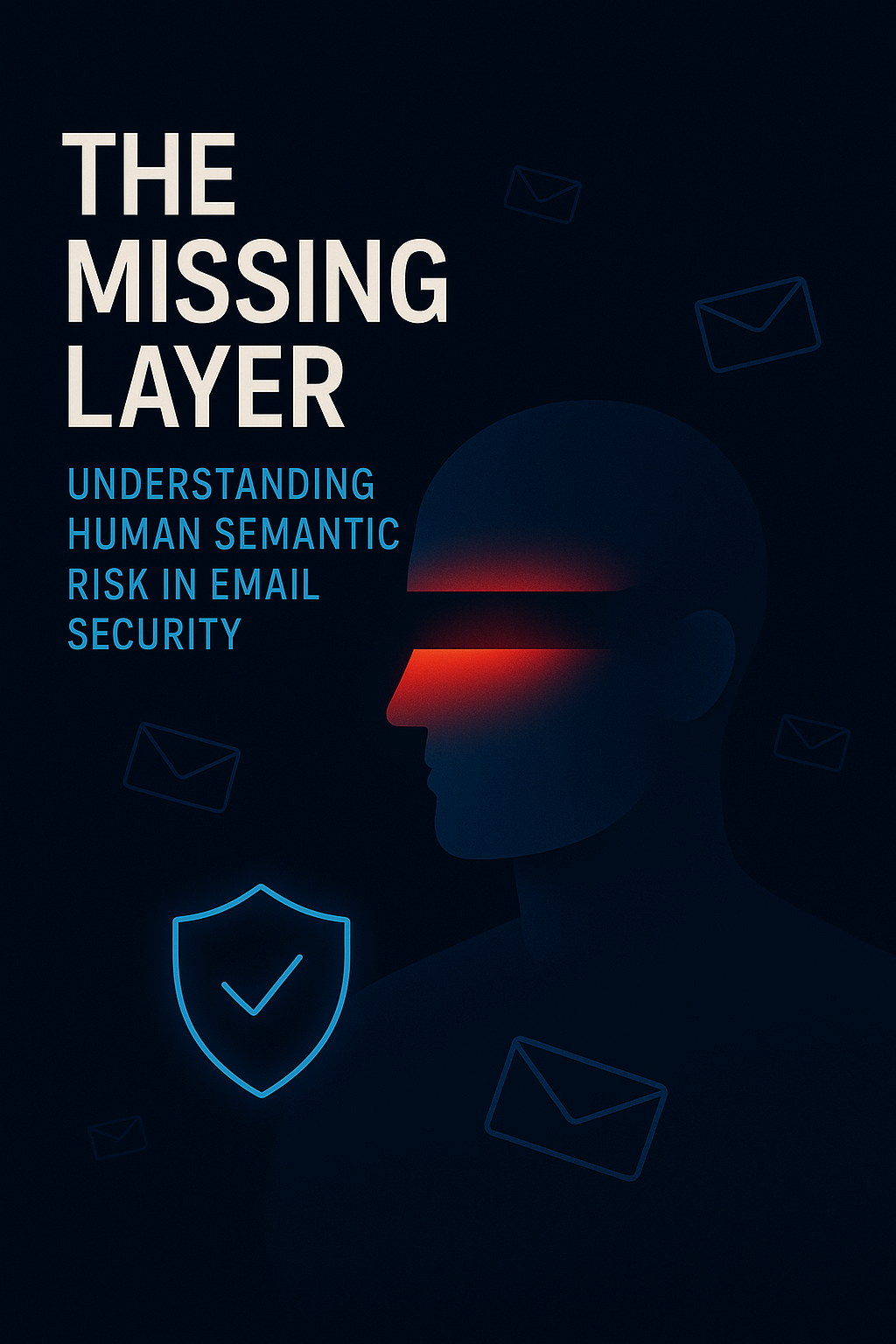
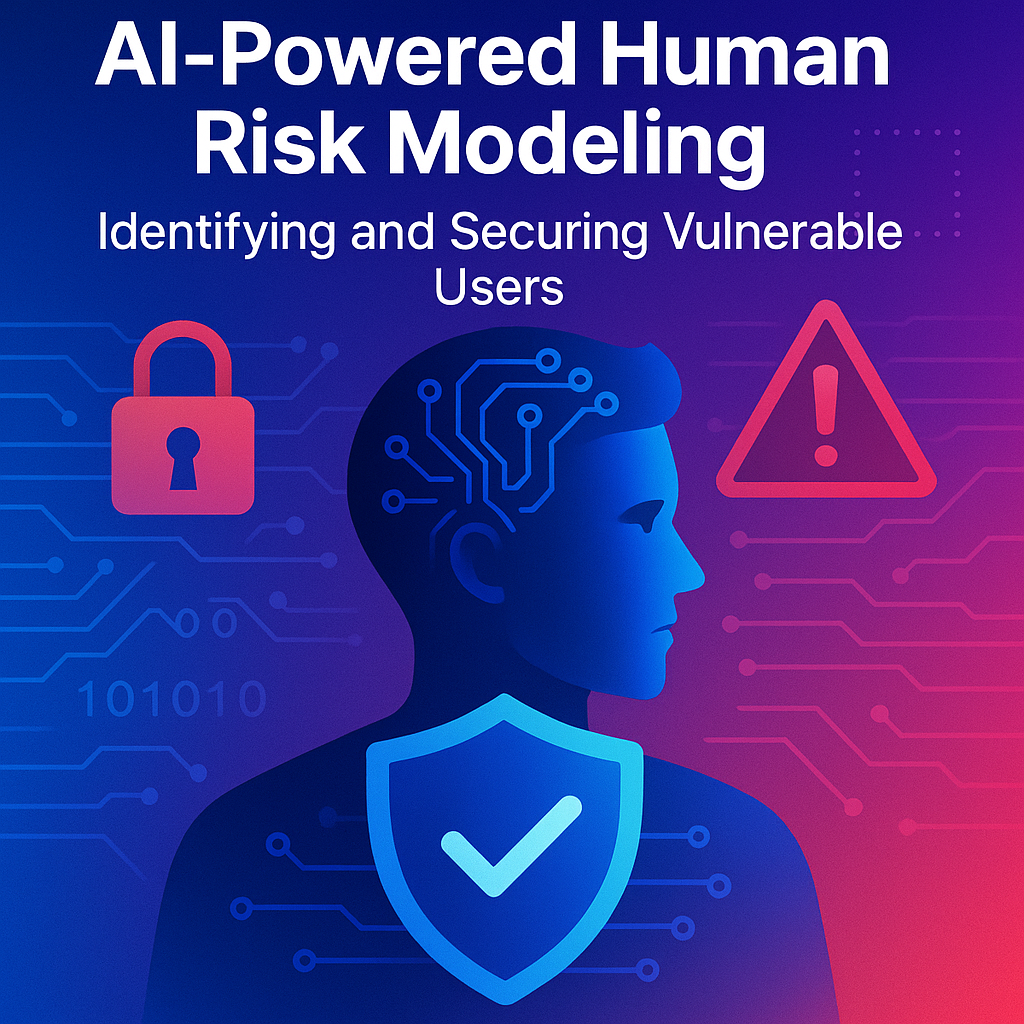
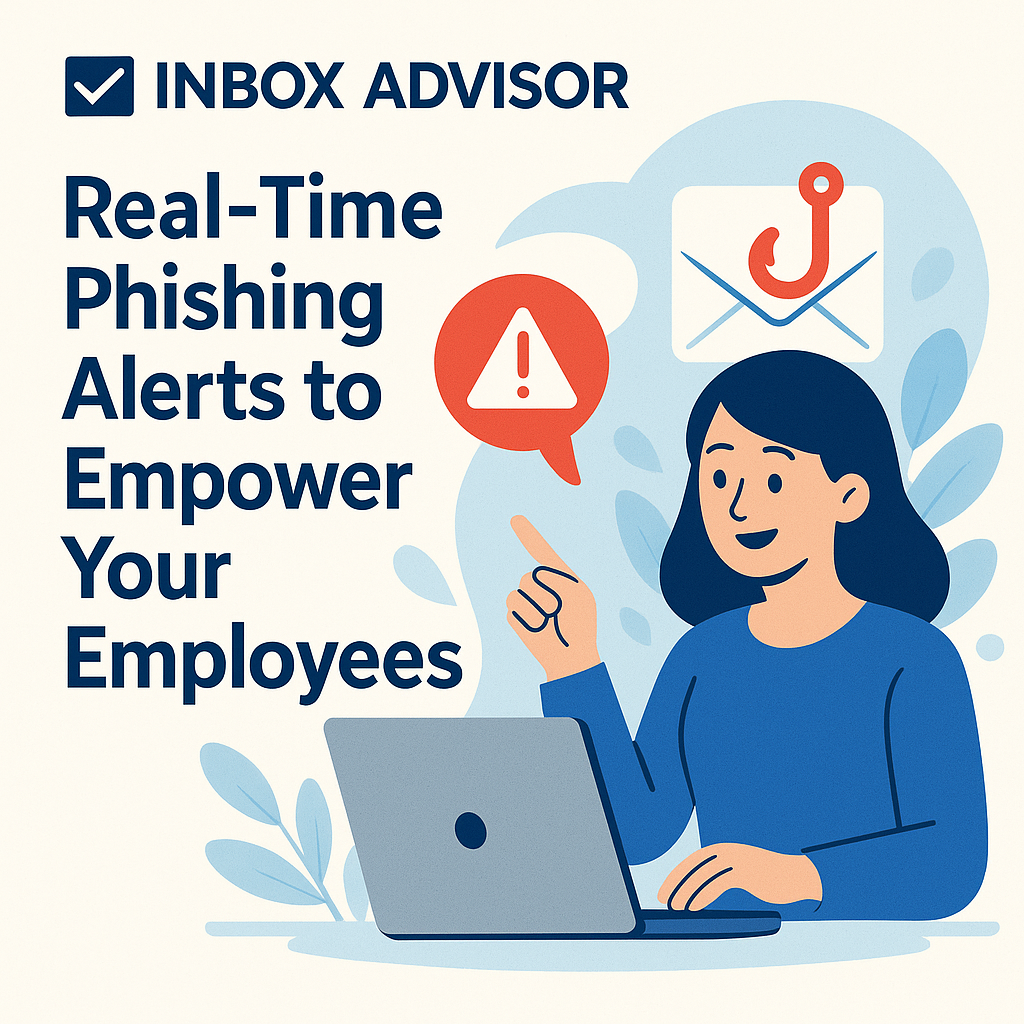

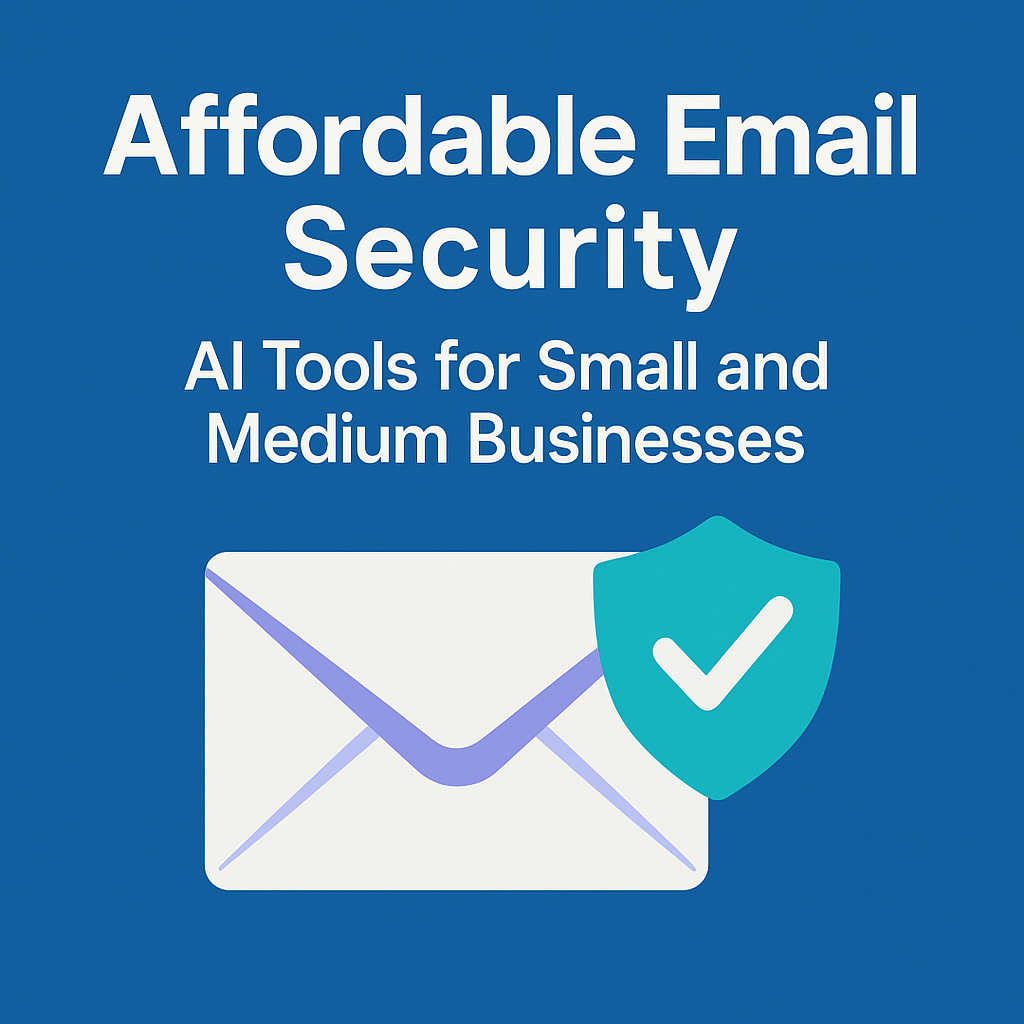

.png)
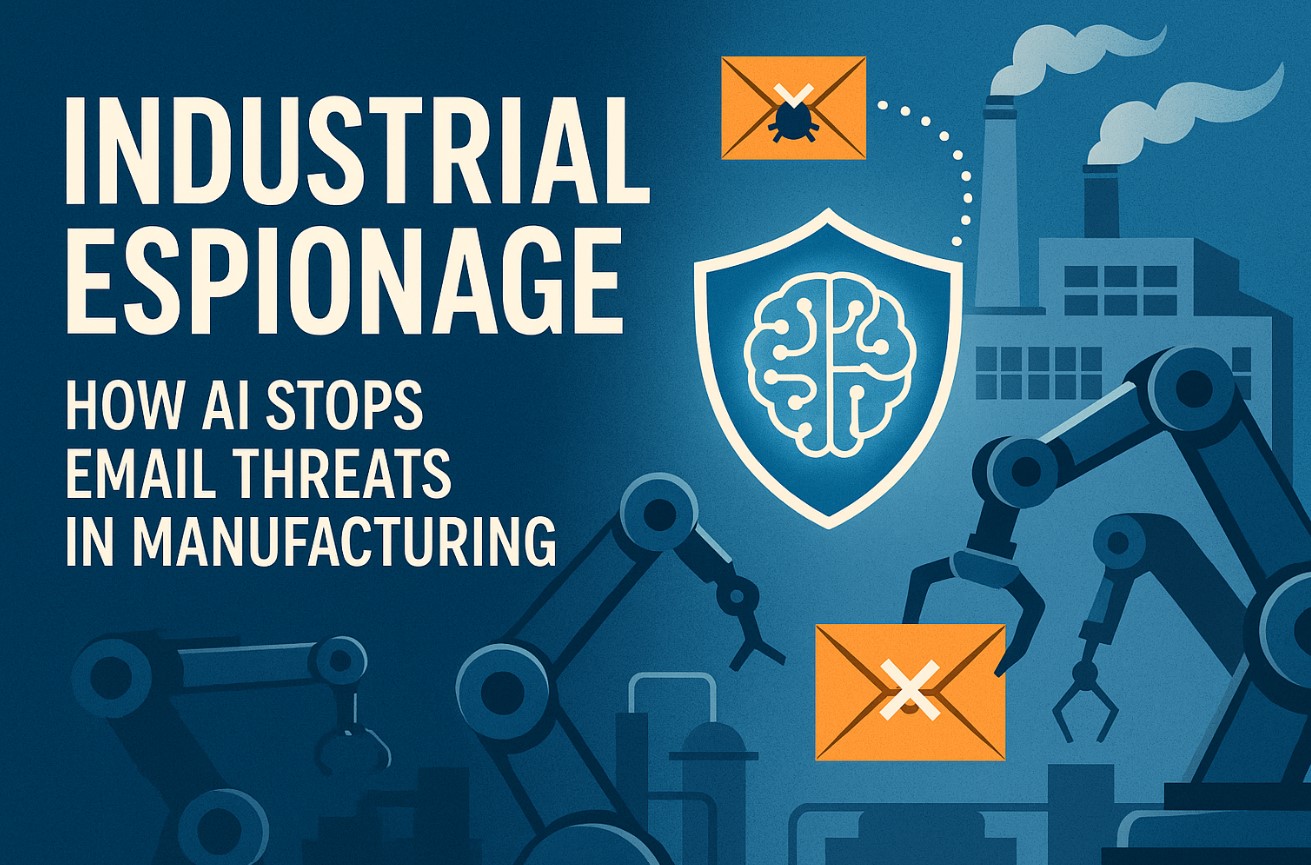

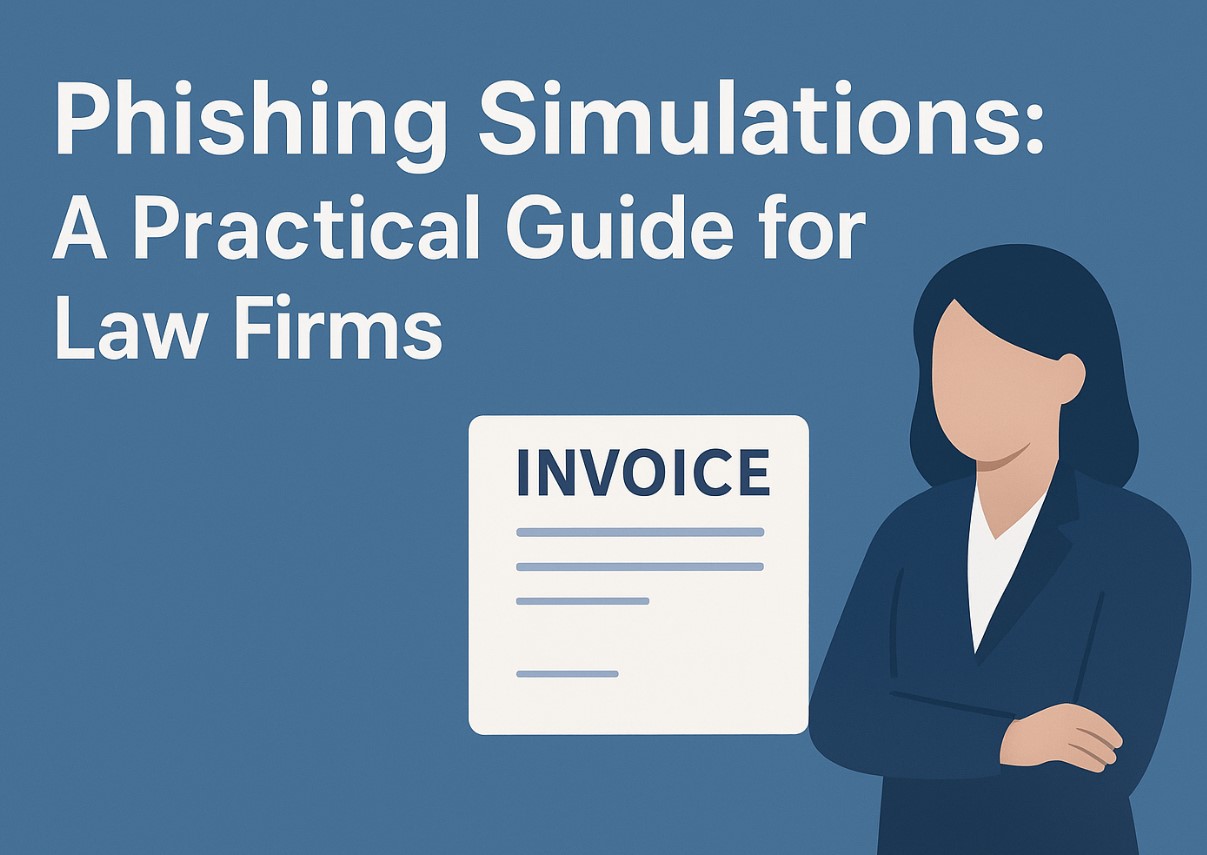
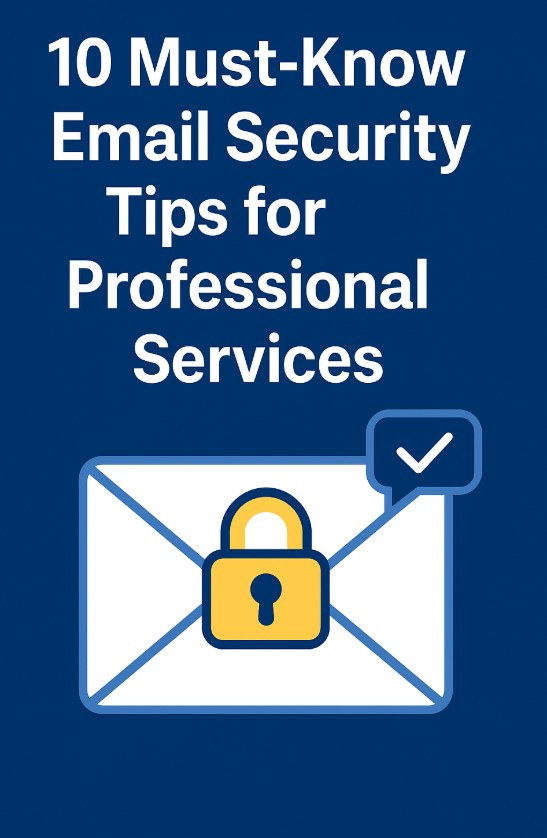

.png)
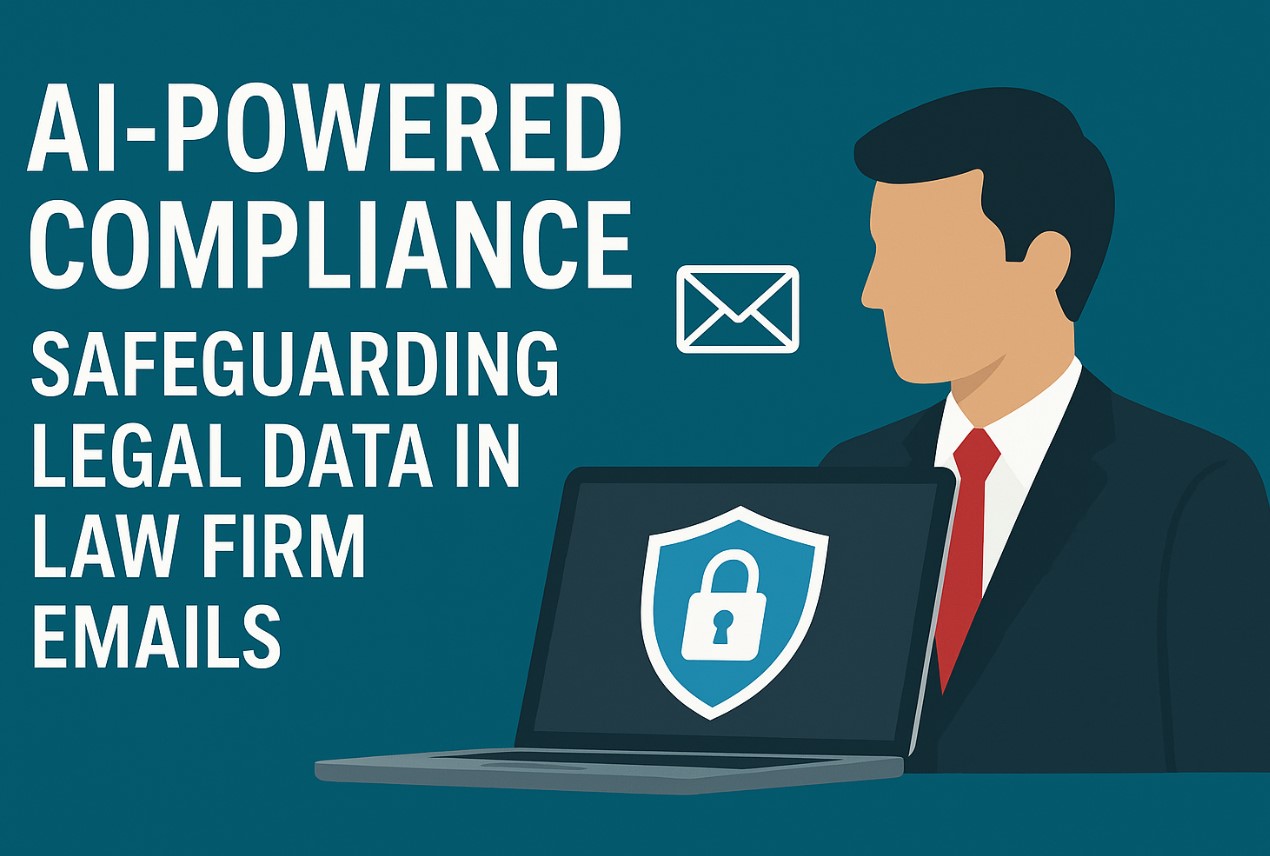
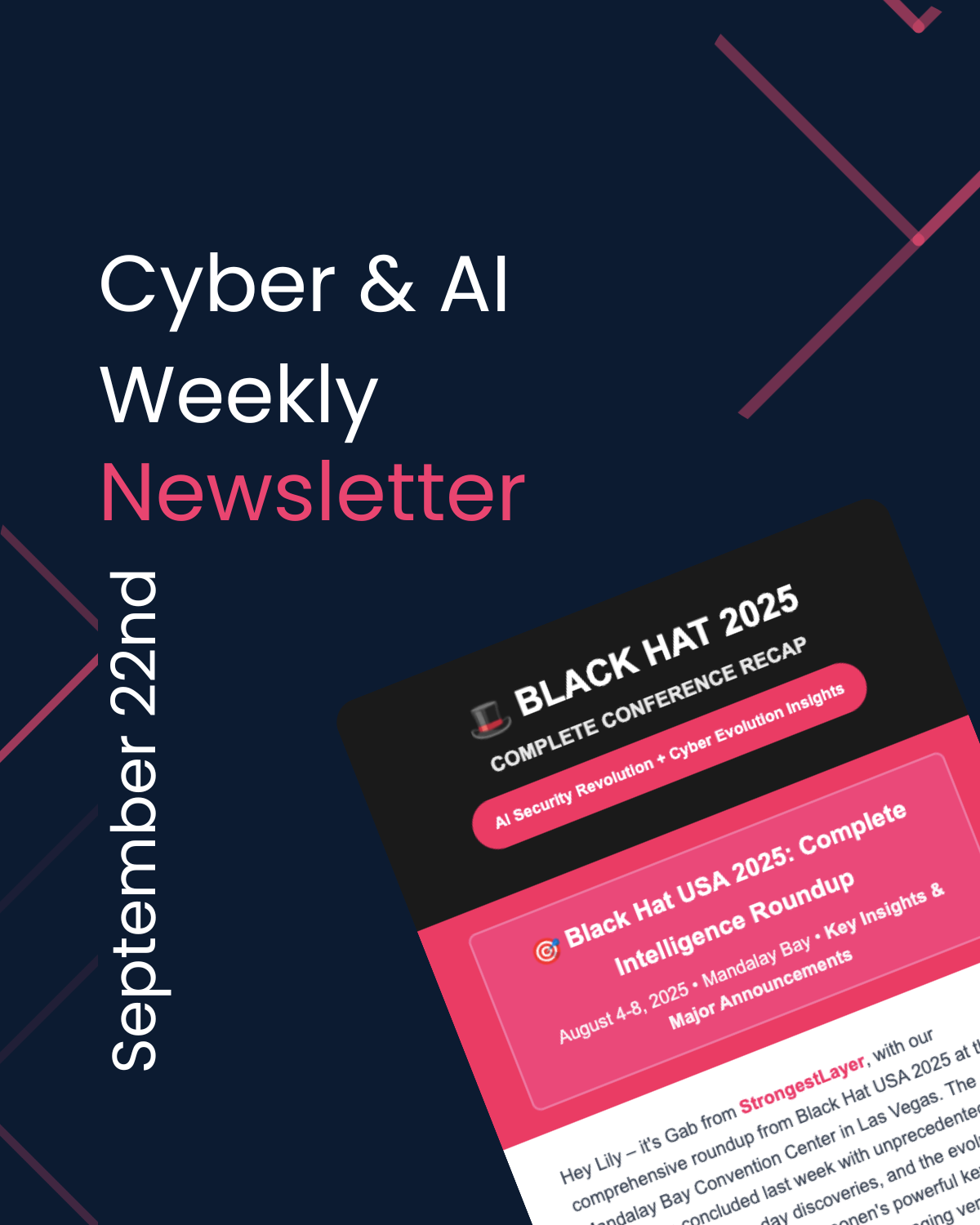
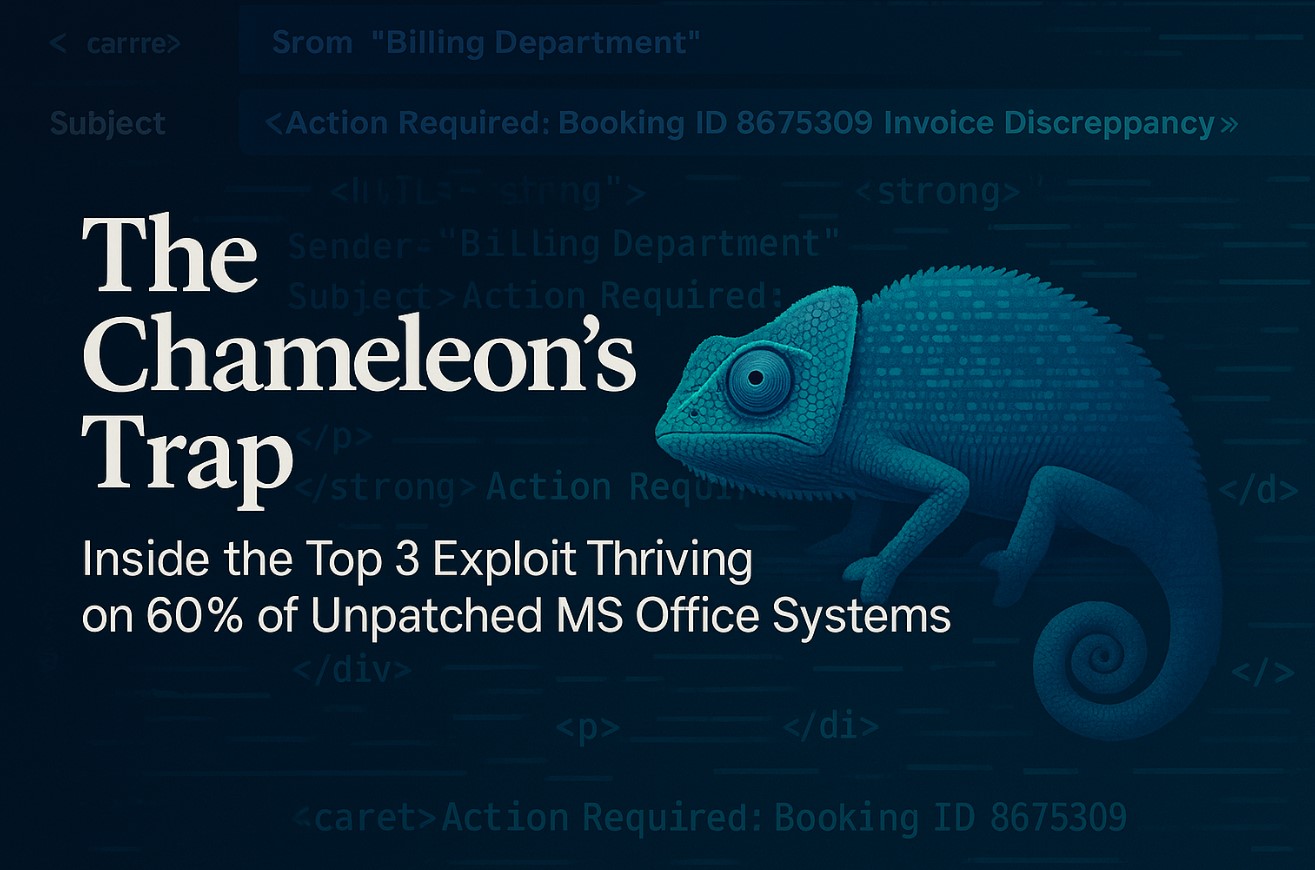

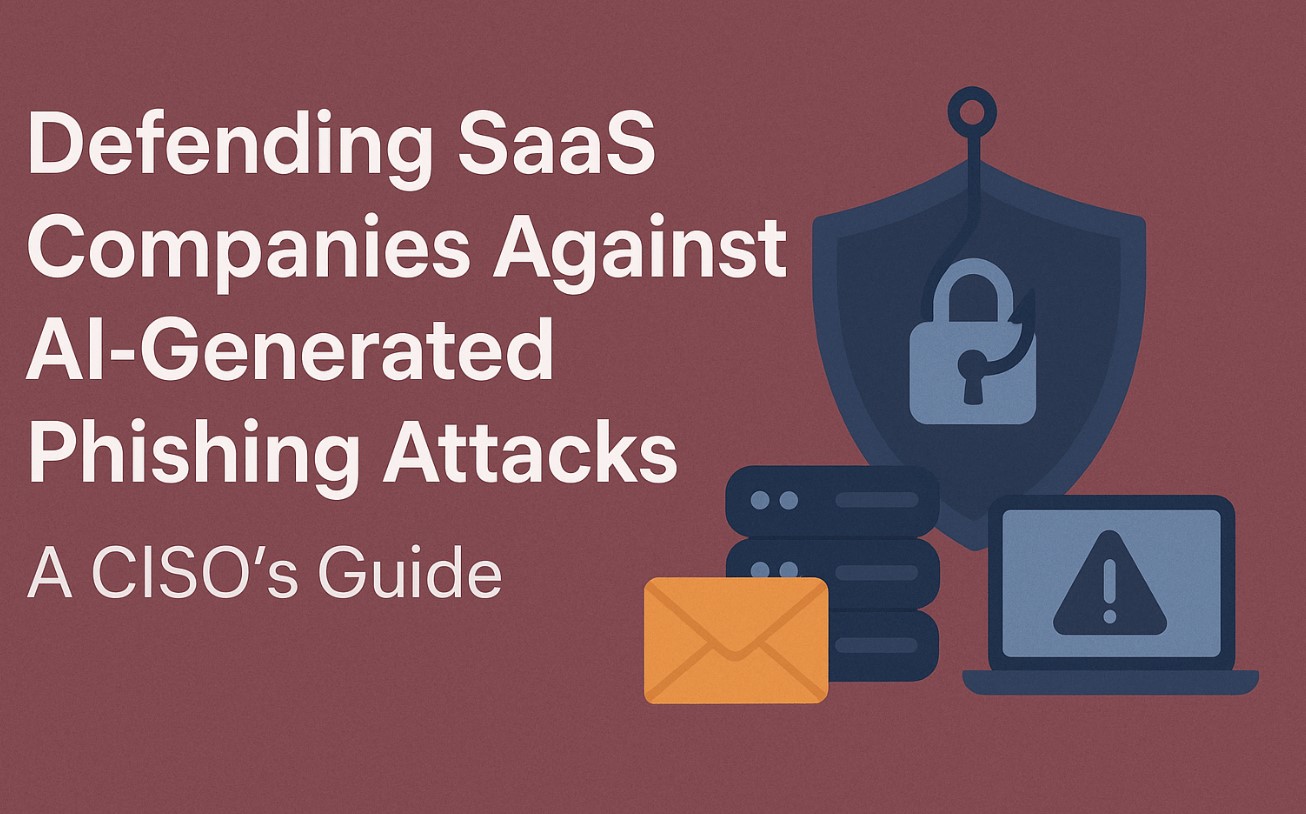


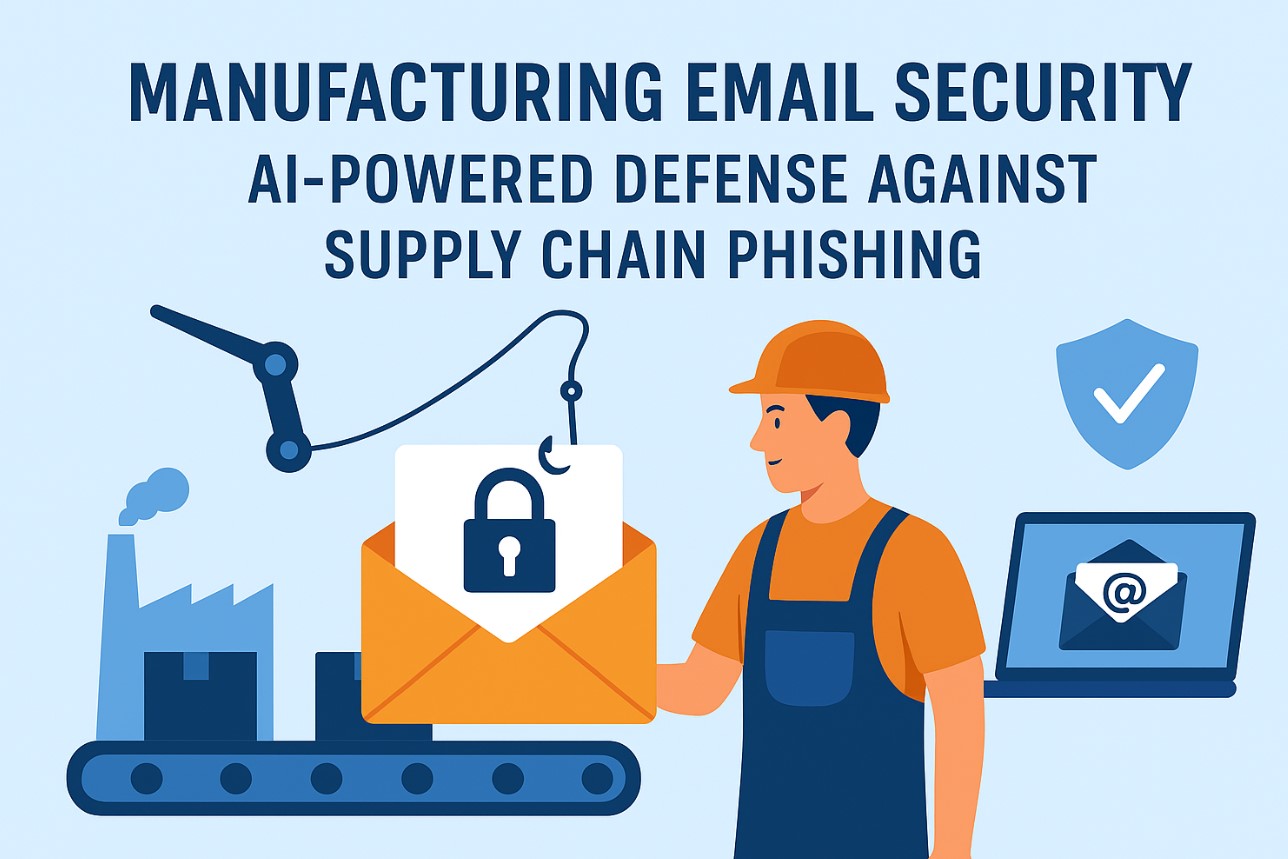
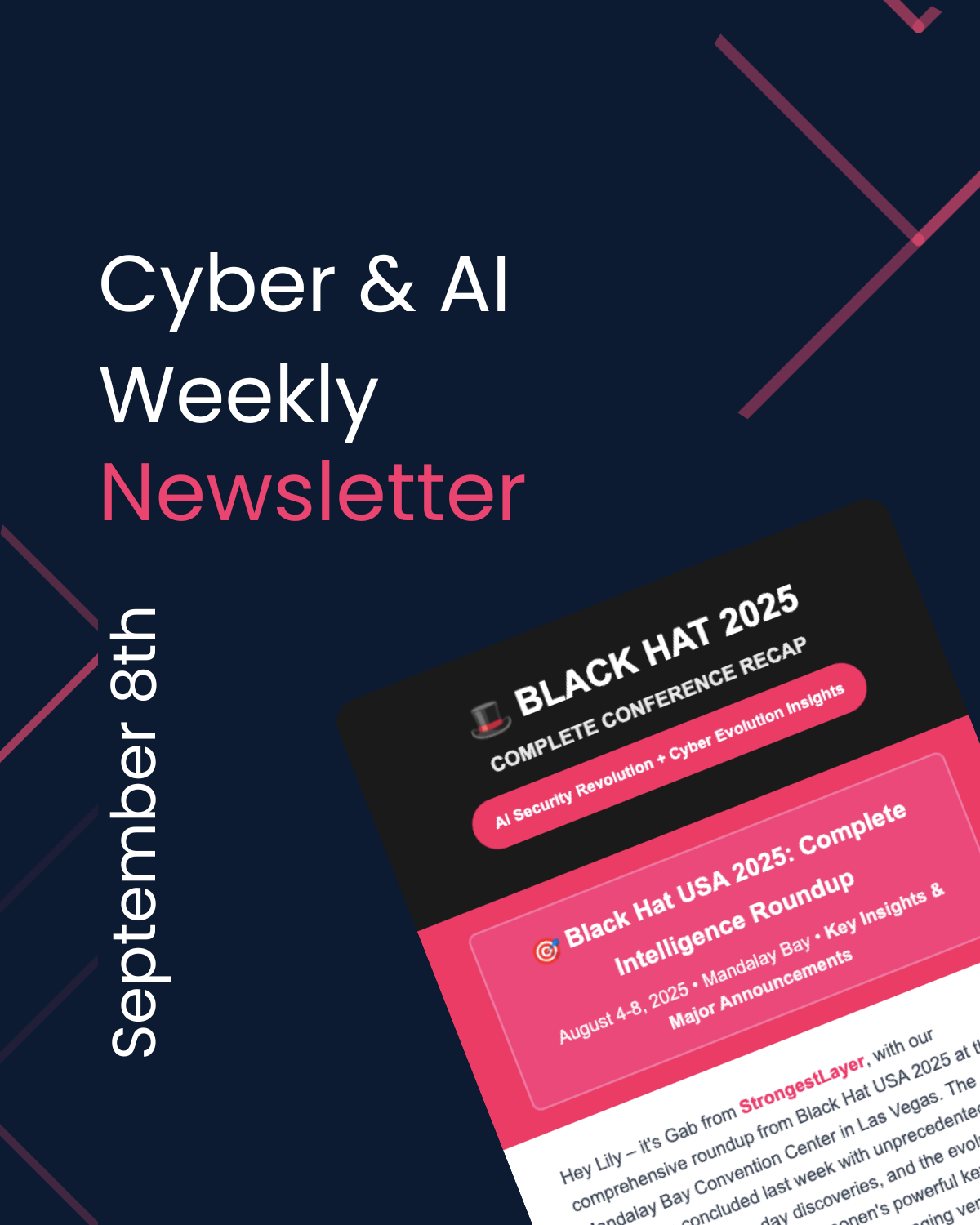
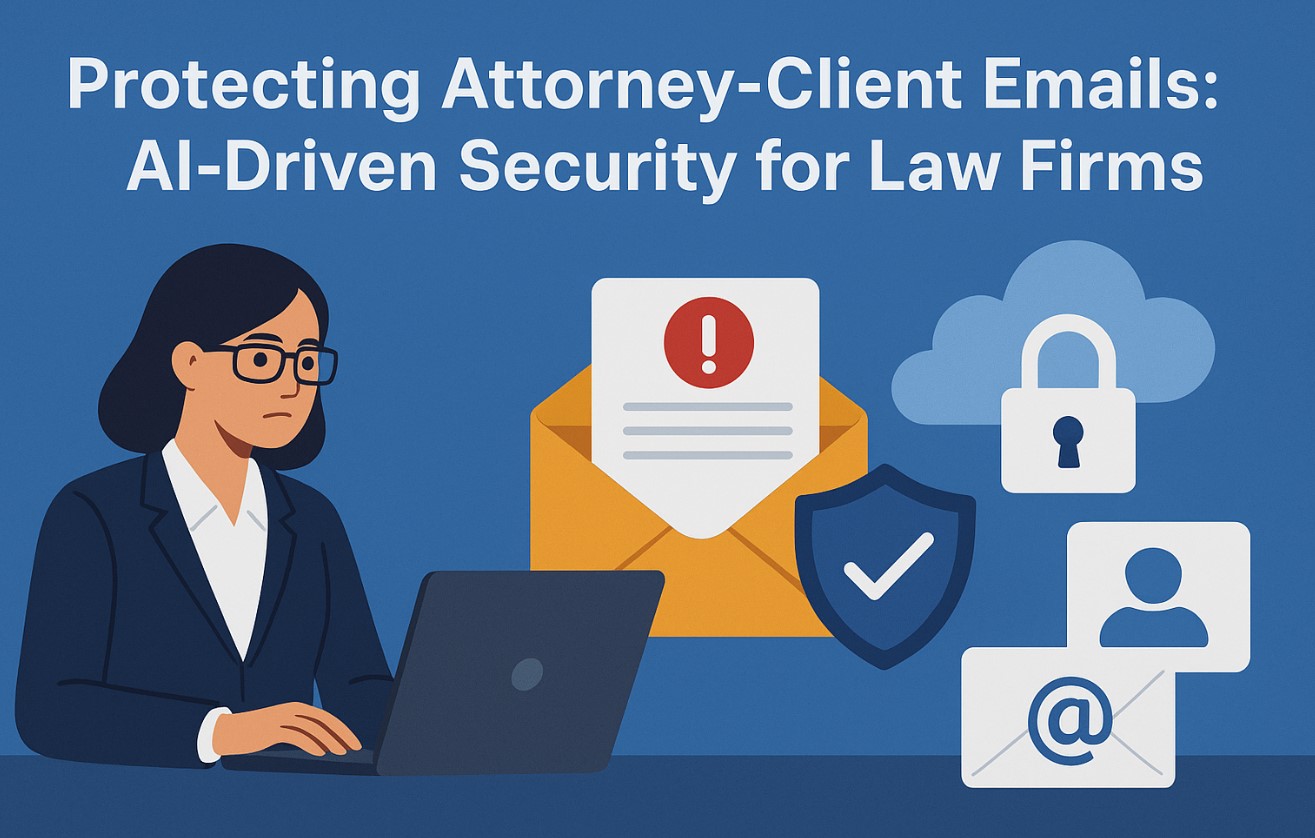

.png)

.png)
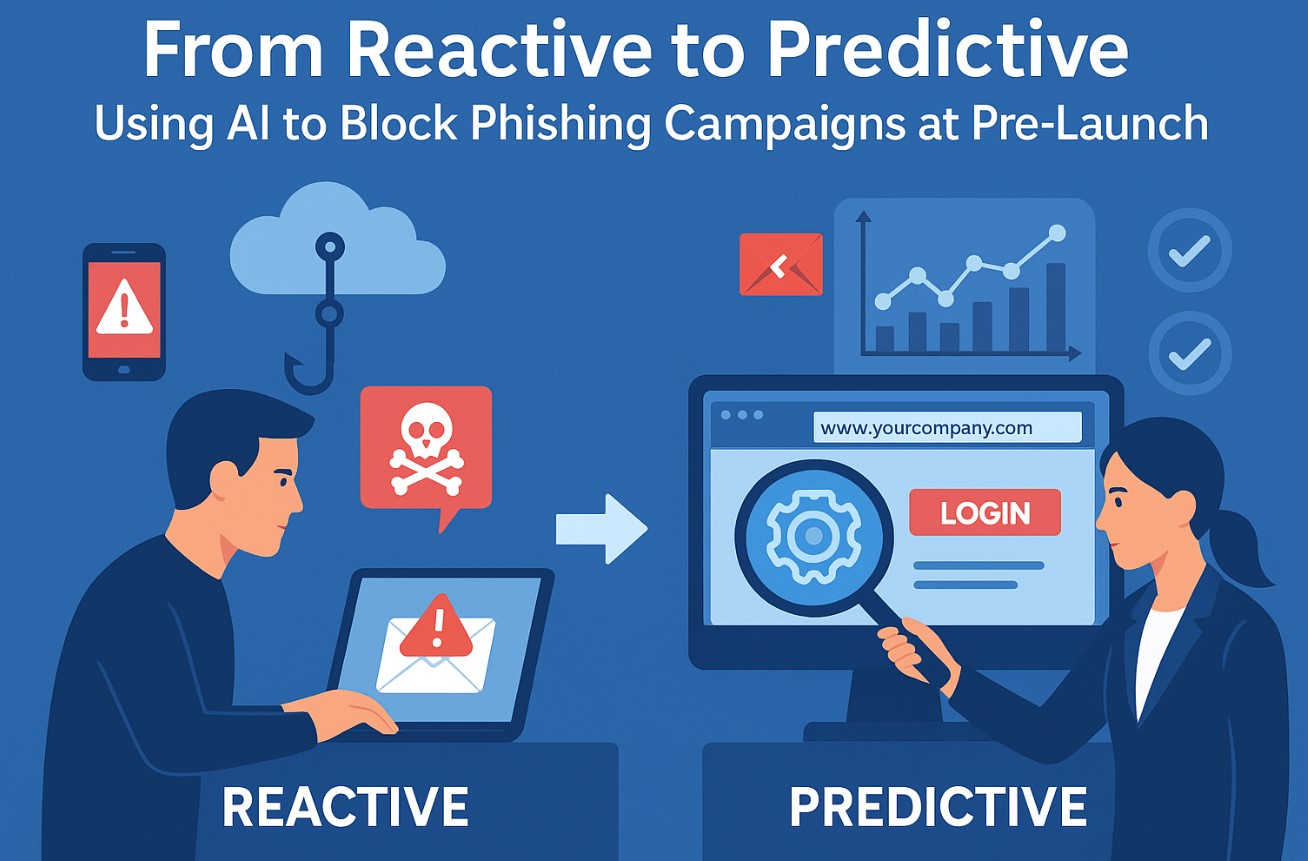


.png)
.jpg)
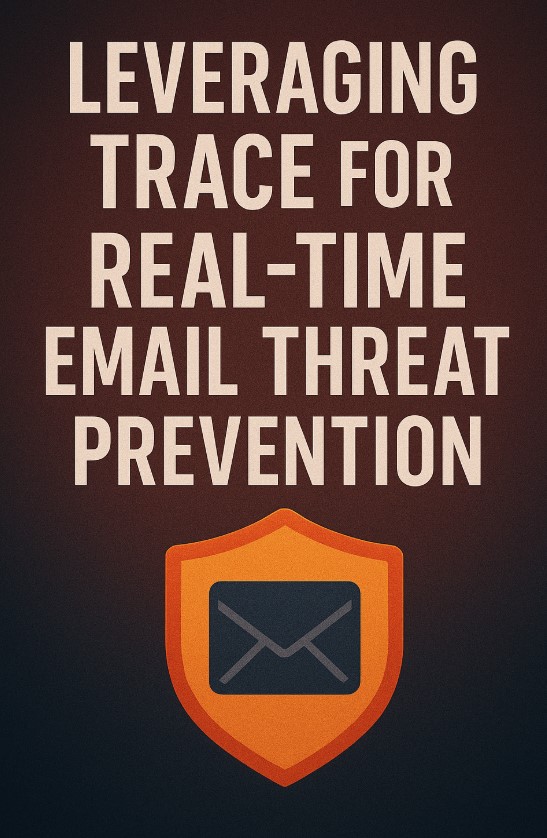
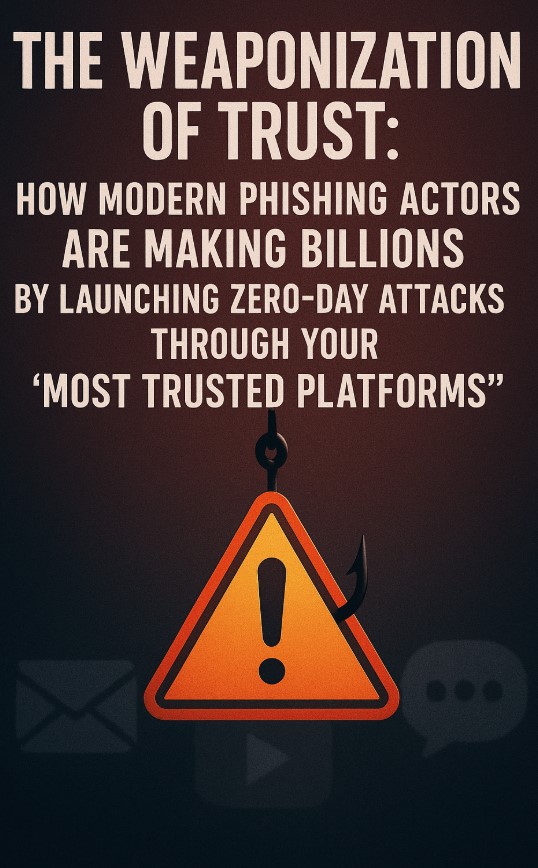
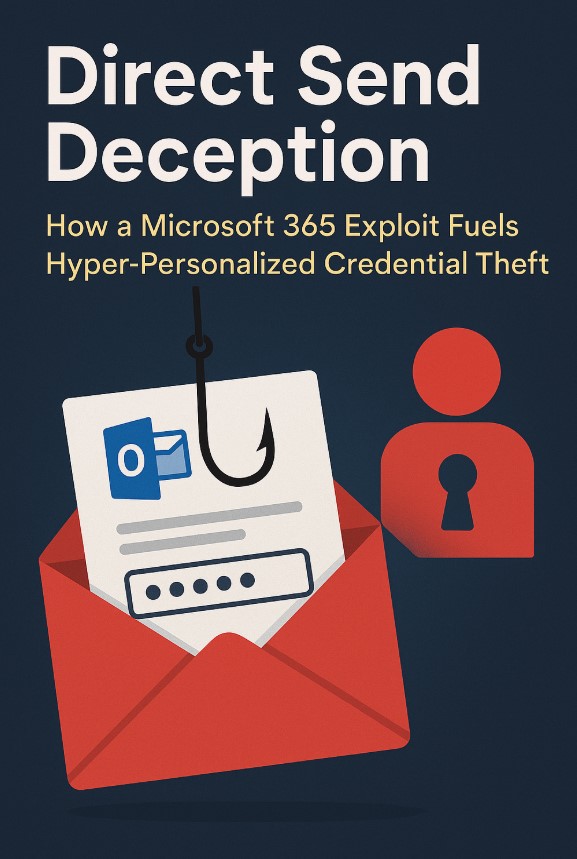
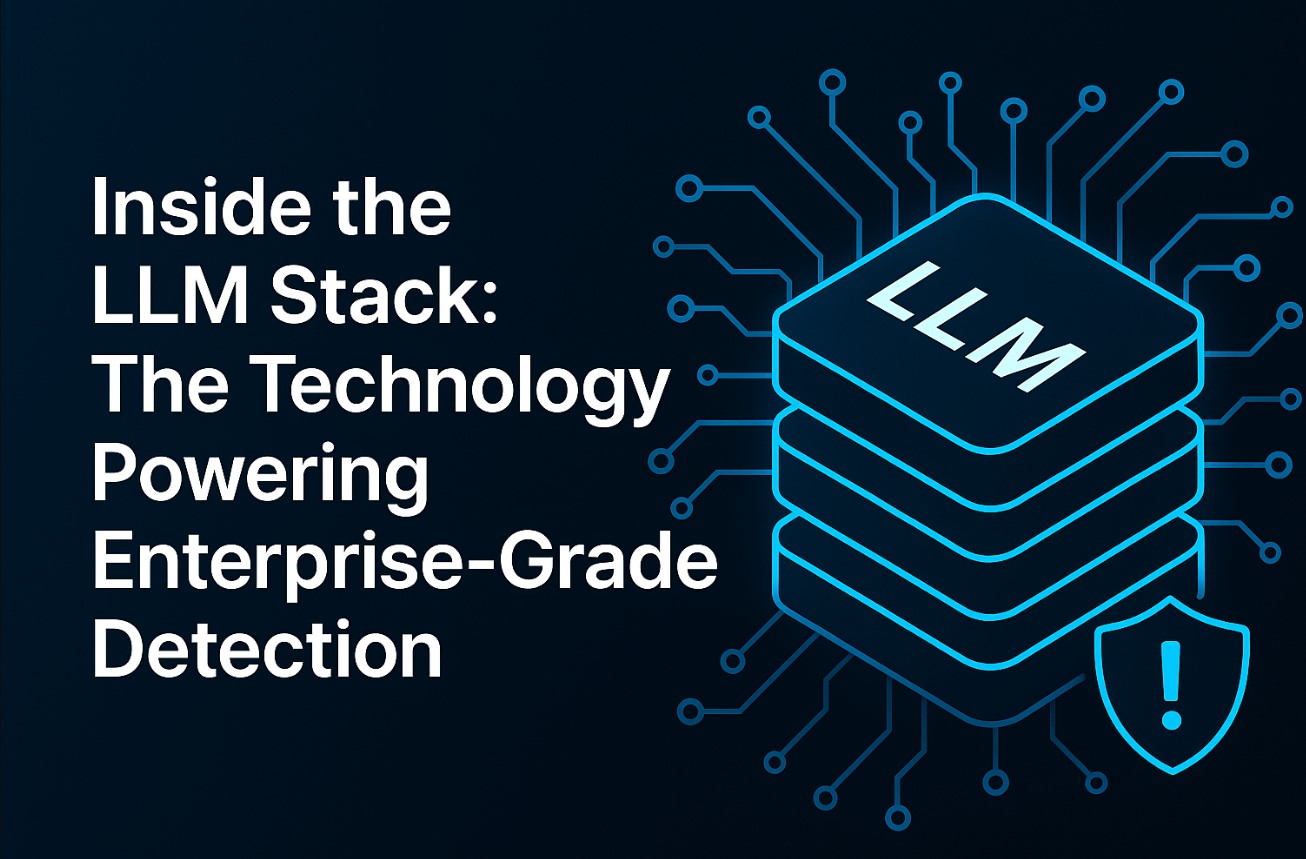
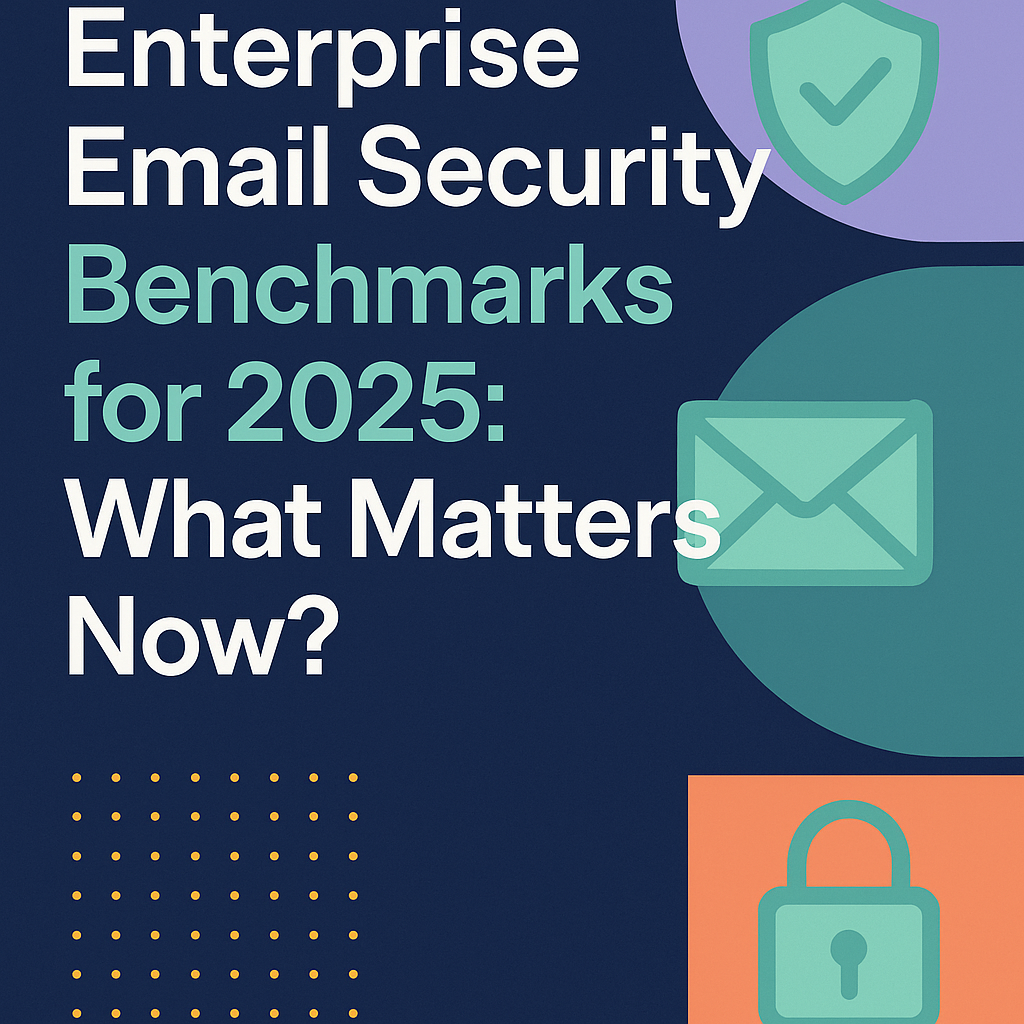
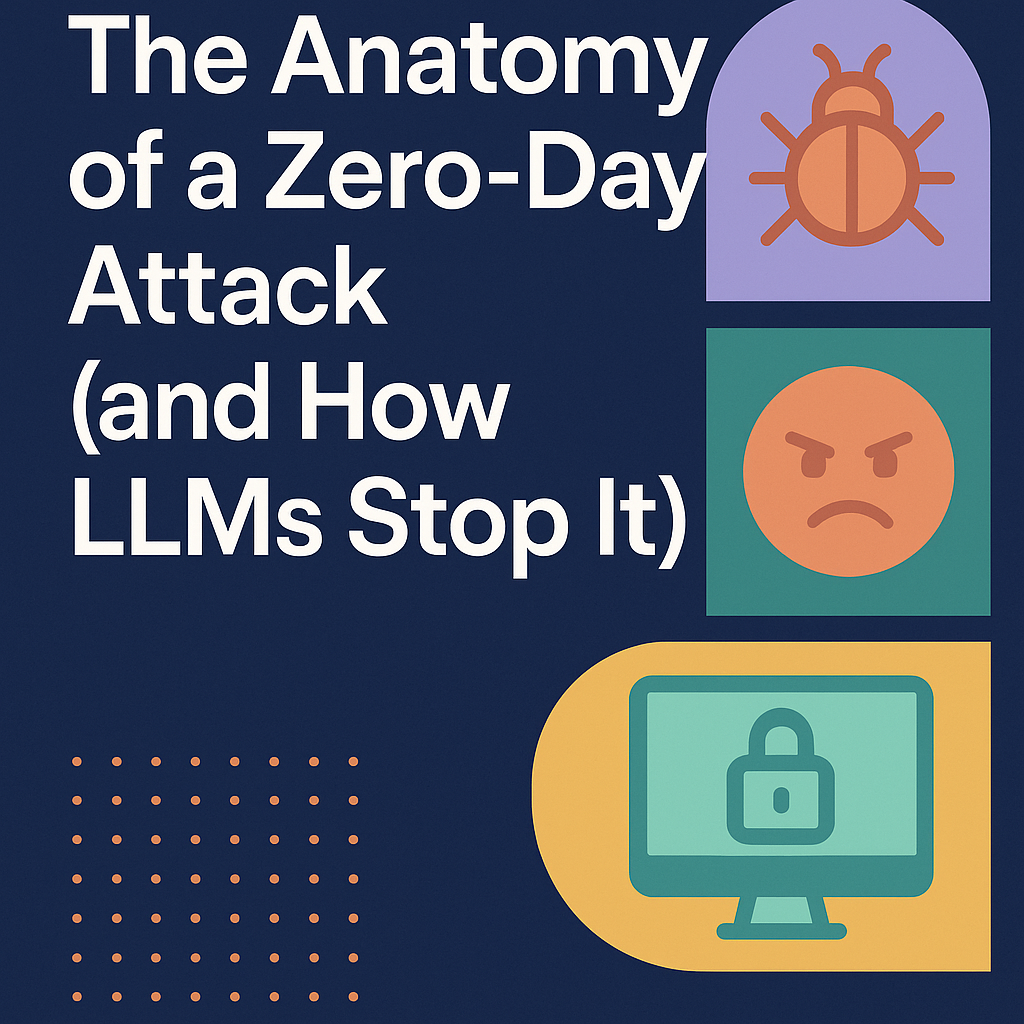
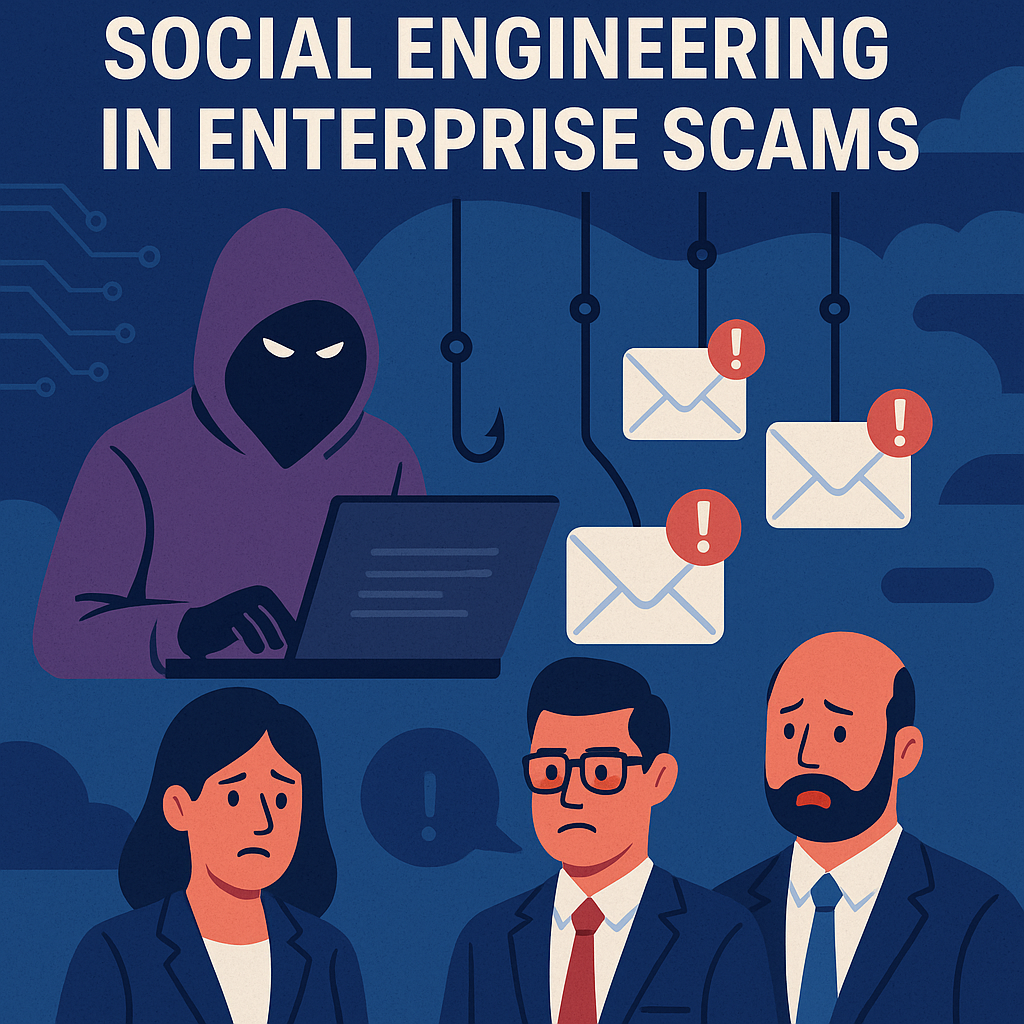
.png)







.png)































%20Attacks%20in%202025.jpg)









